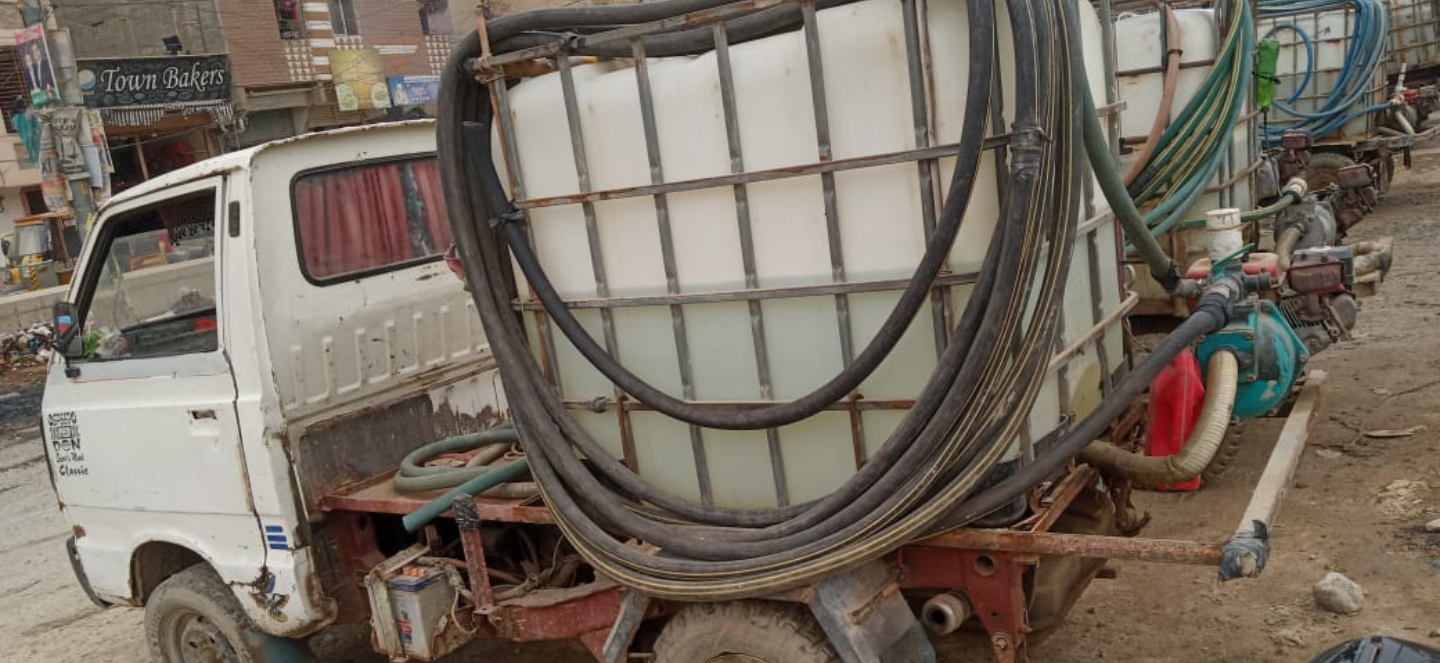
Learn more about our hubs and how we're coming together to solve water problems.

Explore MSU's many degree programs and graduate fellowships in water.
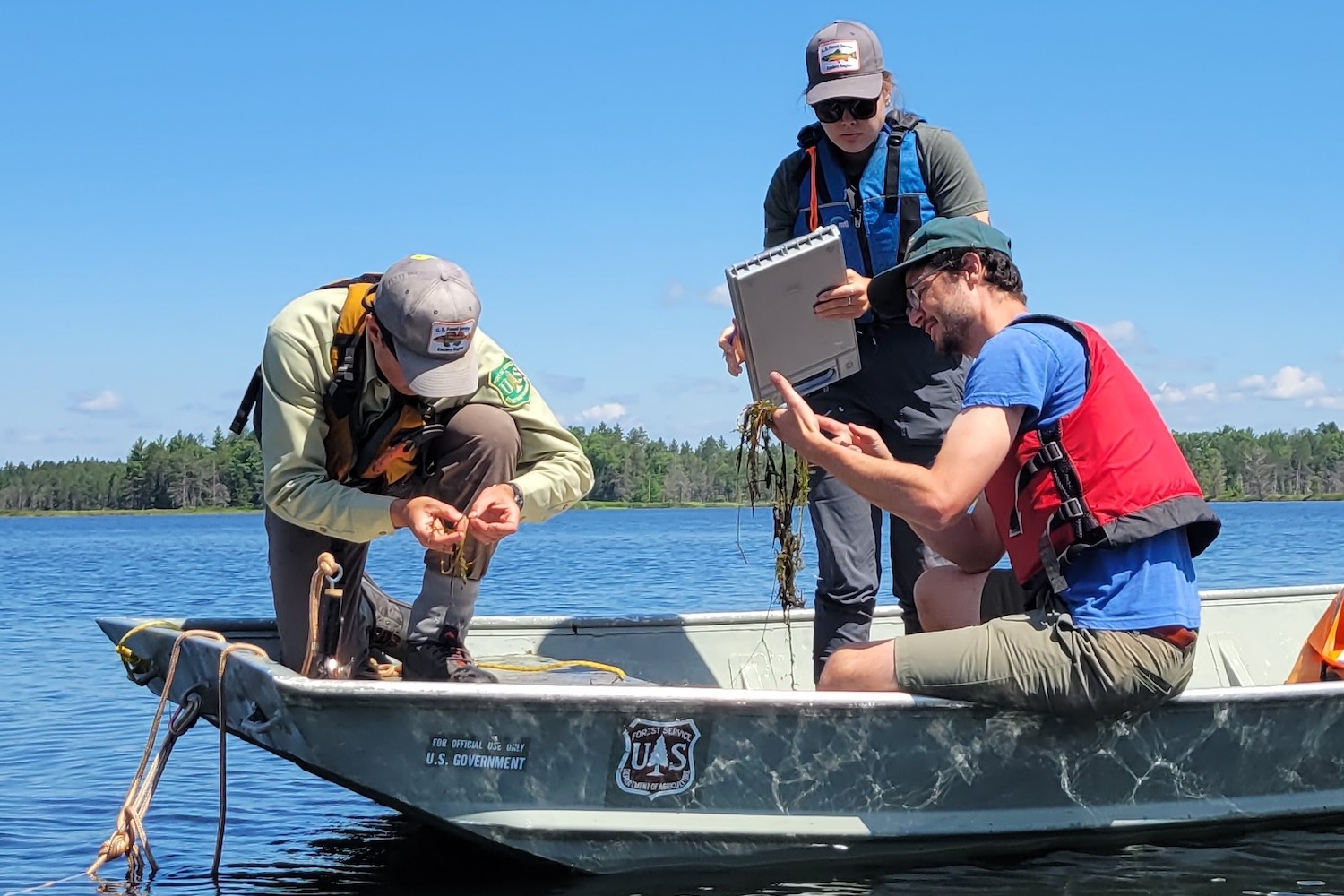
Learn how we collaborate with communities to find solutions to water-related challenges.

June
12
This half-day course is for people who anticipate training others on how to identify and report aquatic invasive species and/or how to decontaminate paddleboats to prevent the spread of invasive species.
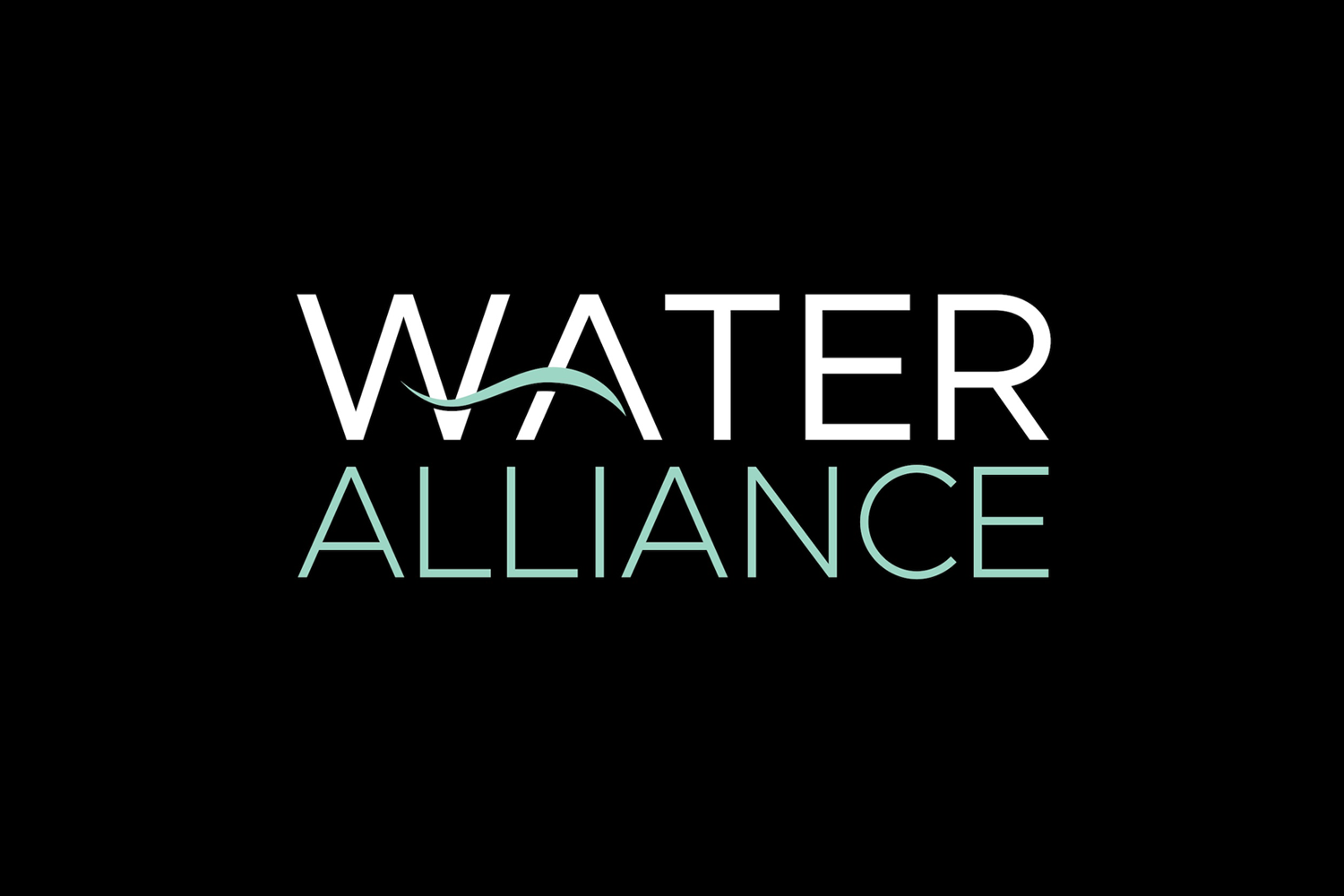
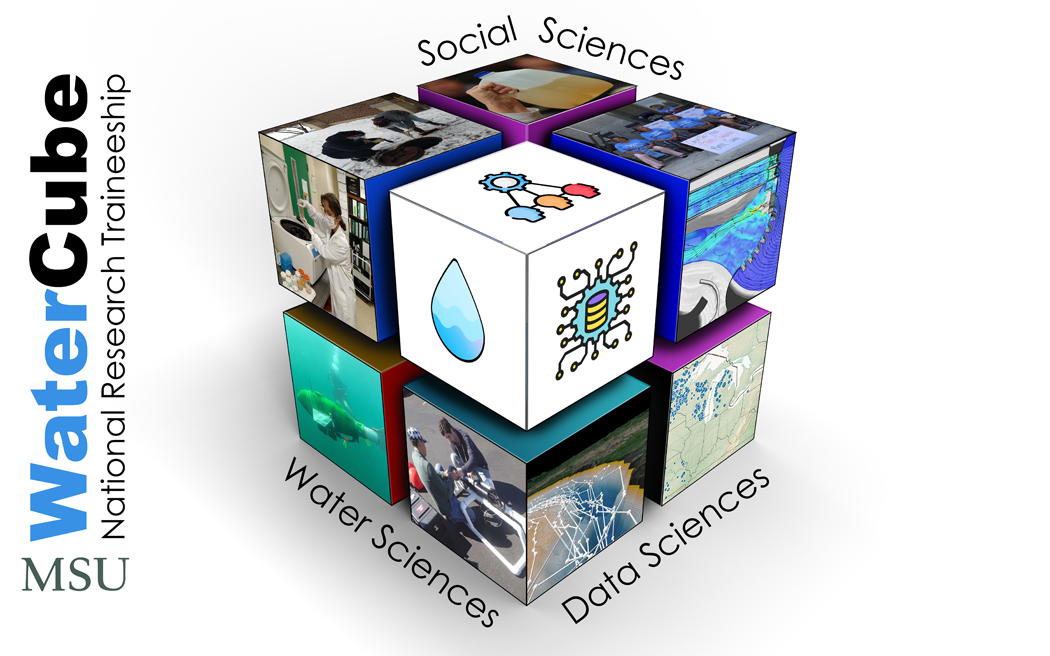
The WaterCube program is accepting PhD students- apply now!
Research News
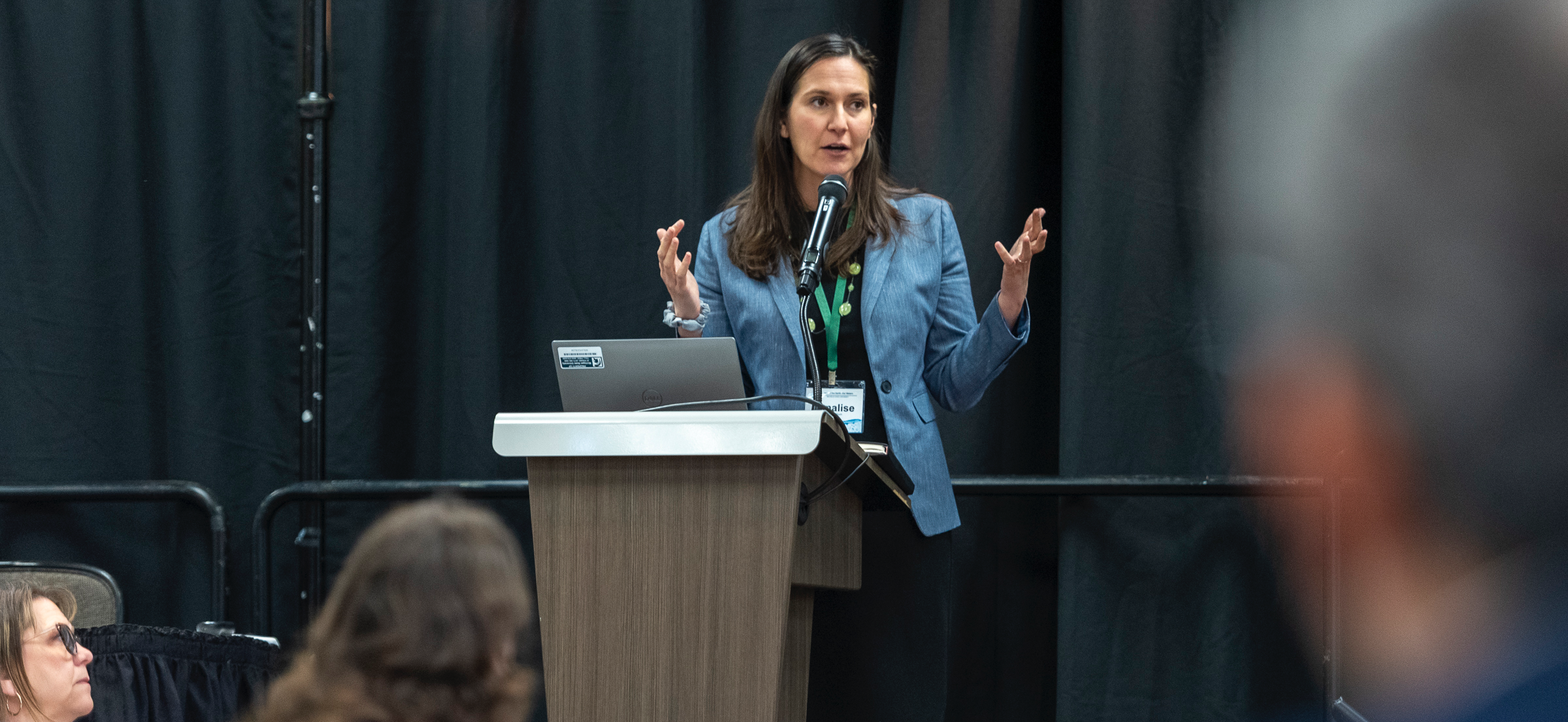
Water experts weigh in at Fate of the Earth Symposium
The Water Alliance sat down with Claire Chase and Annalise Blum to discuss their interests in environmental and water-related work and the most pressing water challenges for the next 10-15 years. Blum offered advice for scientists or students wanting to work with agencies, while Chase provided guidance for upcoming scientists working in development.
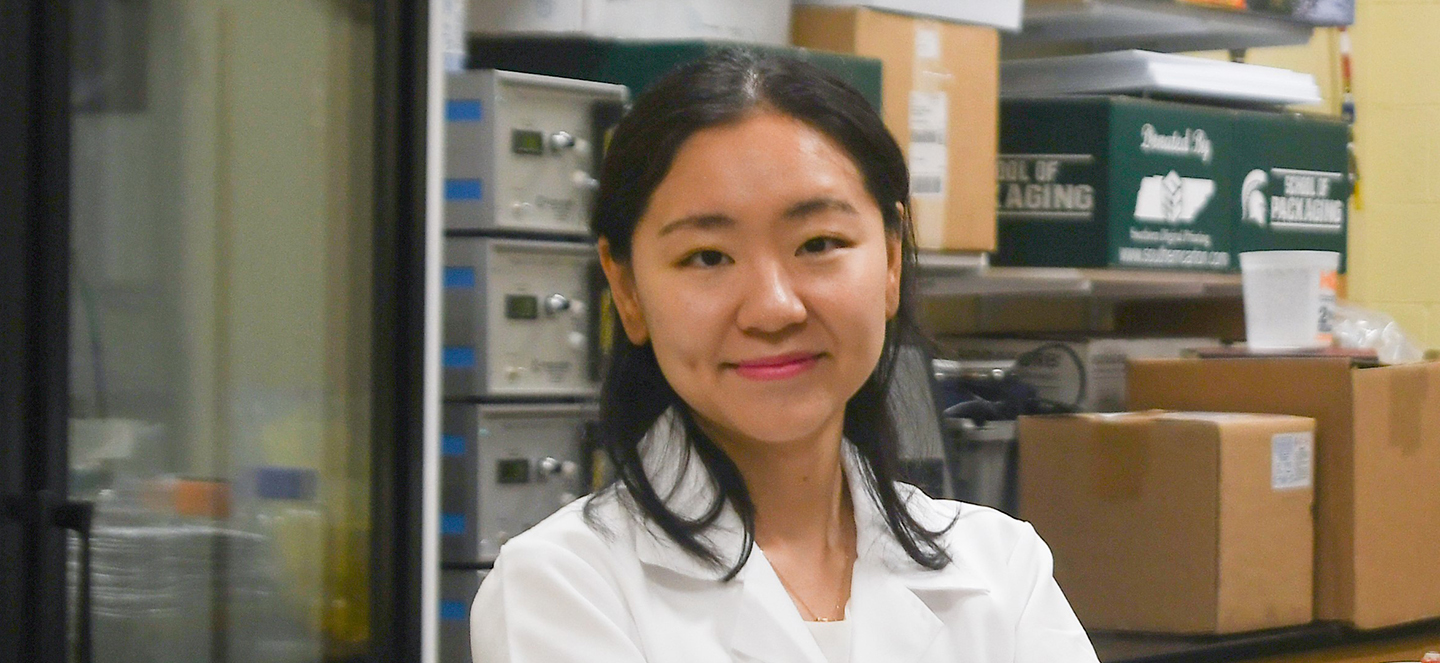
Ask the expert: How do microplastics impact the health of humans and the planet?
They are found in the food we eat, and the water we drink. Microplastics are small plastics, about the size of a human hair, that are found in our environment due to being broken down and discharged through various processes from industrial productions to daily activities, such as opening a plastic bag of snacks or running a washing machine. Studies show that packaging for packaging makes up 40% of our plastic production.
